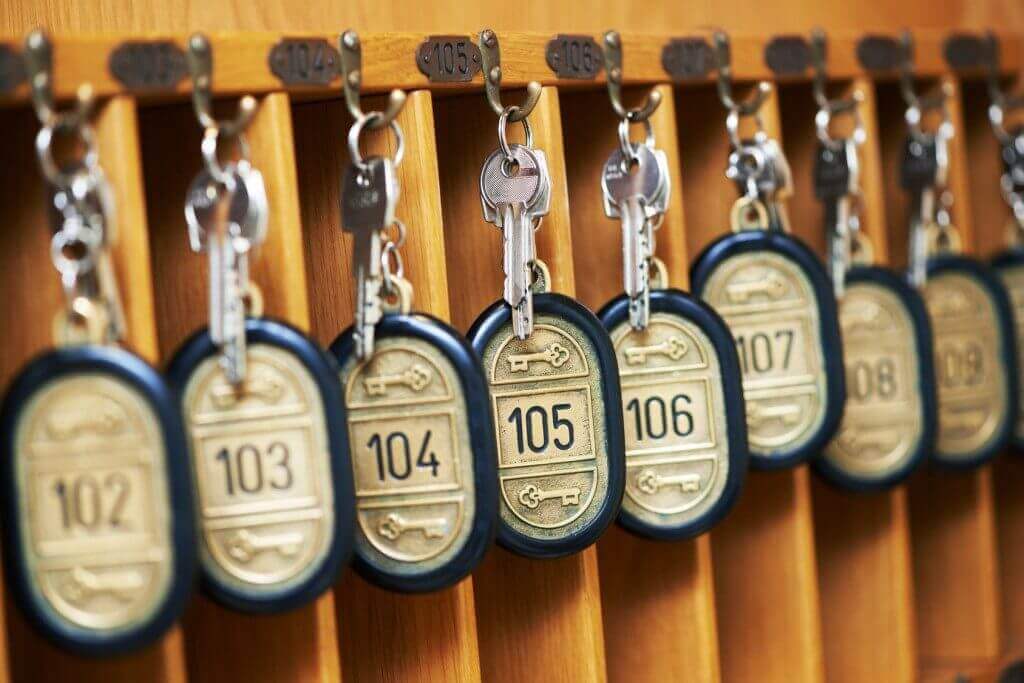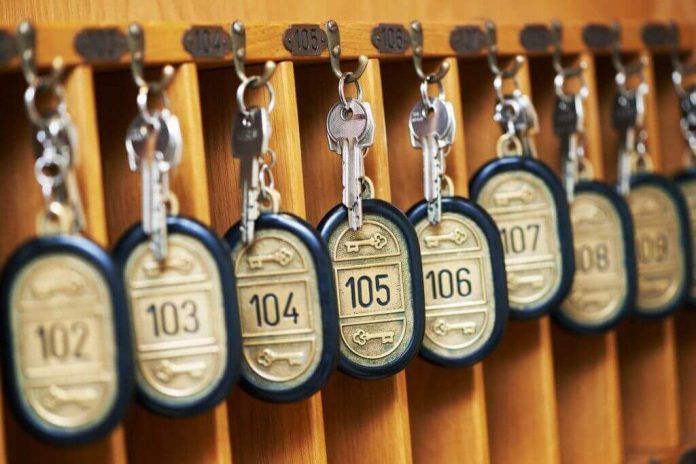
Increasing your hotel occupancy rate is the most basic step to success in luxury hotel marketing solutions as room sales directly related to revenue and profit
NB: This is an article from ARO
The hotel occupancy rate is the total number of rooms occupied (for a specific period of time) divided by the total number of rooms at the property expressed as a %. There are more sophisticated KPIs available such as Revenue Per Available Room (RevPAR) however occupancy rate is a super simple success metric. It can be calculated for any period you choose- weekly, monthly, quarterly, etc. All things being equal, the higher your occupancy rate, the better your revenue.
Subscribe to our weekly newsletter and stay up to date
There is a huge range of factors that affect hotel occupancy rates including internal elements such as your rate, type of hotel, your location, reviews, guest experience; and external components such as competitors, the geopolitical situation, and currency rates.
Here are three great tips to improve your hotel occupancy rate which are under your control.
#1: EXTEND YOUR WEDDING VENUE AVAILABILITY
Although weddings are traditionally summer weekend events, as the popularity of non-church services has increased, so has the range of days and seasons couples are willing to consider. This provides great opportunities to fill rooms in otherwise quiet periods
There is huge competition amongst a wide range of venues; however, as a luxury venue, you have the ability to create a unique, bespoke offering.
Marketing your hotel as an upscale wedding option is crucial to get as many guests as possible to stay on the wedding night; and also on the days before and after the ceremony, extending their stay into a mini-break.
MARKET YOUR HOTEL WEDDING VENUE AROUND WHAT COUPLES WANT
Put yourself in couples’ shoes and look at your marketing plan. Your target audience in this segment is very different from your regular target audience. This is a great chance that provides a massive opportunity to broaden your reach.
With off-season events you have a great chance to discount your rate slightly or offer some value adds (e.g. free champagne for a toast, book three nights, and get the fourth night free) to encourage bookings.
USE THE SAME CHANNELS FOR ADVERTISING THAT COUPLES USE
Your adverts must be directed to the right audience at the right time. Most couples book their venue soon after becoming engaged. Get your venue in front of them with targeted Facebook ads; add your images on Pinterest and attend wedding events.
LEVERAGE TESTIMONIALS AND REVIEWS
The most important decision-making factors for couples are reviews and photos. Couples most likely prefer booking a venue with both positive and negative reviews than no reviews at all.
Promote the positive reviews on your website and social media platforms, responding to any negative reviews in a thoughtful matter while providing a solution.
TAILOR THE WEDDING SECTION OF YOUR WEBSITE
While the majority of your site should be optimised to convert direct bookings, the wedding section is an exception. It can be laid out in a brochure style allowing the couple and their friends and family to browse at leisure and absorb beautifully laid out wedding images. Calls to action should be changed appropriately e.g. download wedding menus, contact wedding organiser, etc.
#2: IMPLEMENT LENGTH OF STAY RESTRICTIONS
Depending on your typical customers (e.g. short stay business travelers, long-term holidaymakers), a minimum length of stay (LOS) strategy can be a fantastic revenue management tool. With a minimum LOS plan, the idea is to increase occupancy during off-peak or quiet periods. It is more beneficial to accept longer duration stays (potentially at a lower daily rate) and decline shorter ones.
LOS restrictions are also effective at busy times. If a hotel has exceptionally high demand associated with an event or particular time of year then a minimum stay period without a discounted rate is going to be effective. A lower rate or added- value offer on the night following the event is an encouragement for guests to stay on for that extra night.
Rate management is complex and is different for luxury hotels compared to city centre ‘bed-factories’. If you don’t have a rate expert in your hotel, there are consultants who can advise on your best strategies.
#3: REFINE YOUR GUEST SATISFACTION GOALS
Guests often pick their hotel based not only on facilities; they may also choose a large and established brand as it’s a safe option. In other words, they are using brand size as a quality key.
An independent luxury hotel or small group doesn’t have brand domination to rely on. Therefore, it’s even more important that you use enhanced guest service and satisfaction as a powerful tool to drive more engagement and loyalty. Satisfied guests will advocate and return, perhaps for longer next time, thus improving your occupancy rate.
The post Increase Your Luxury Hotel Occupancy Rate And Drive More Revenue appeared first on Revenue Hub.































